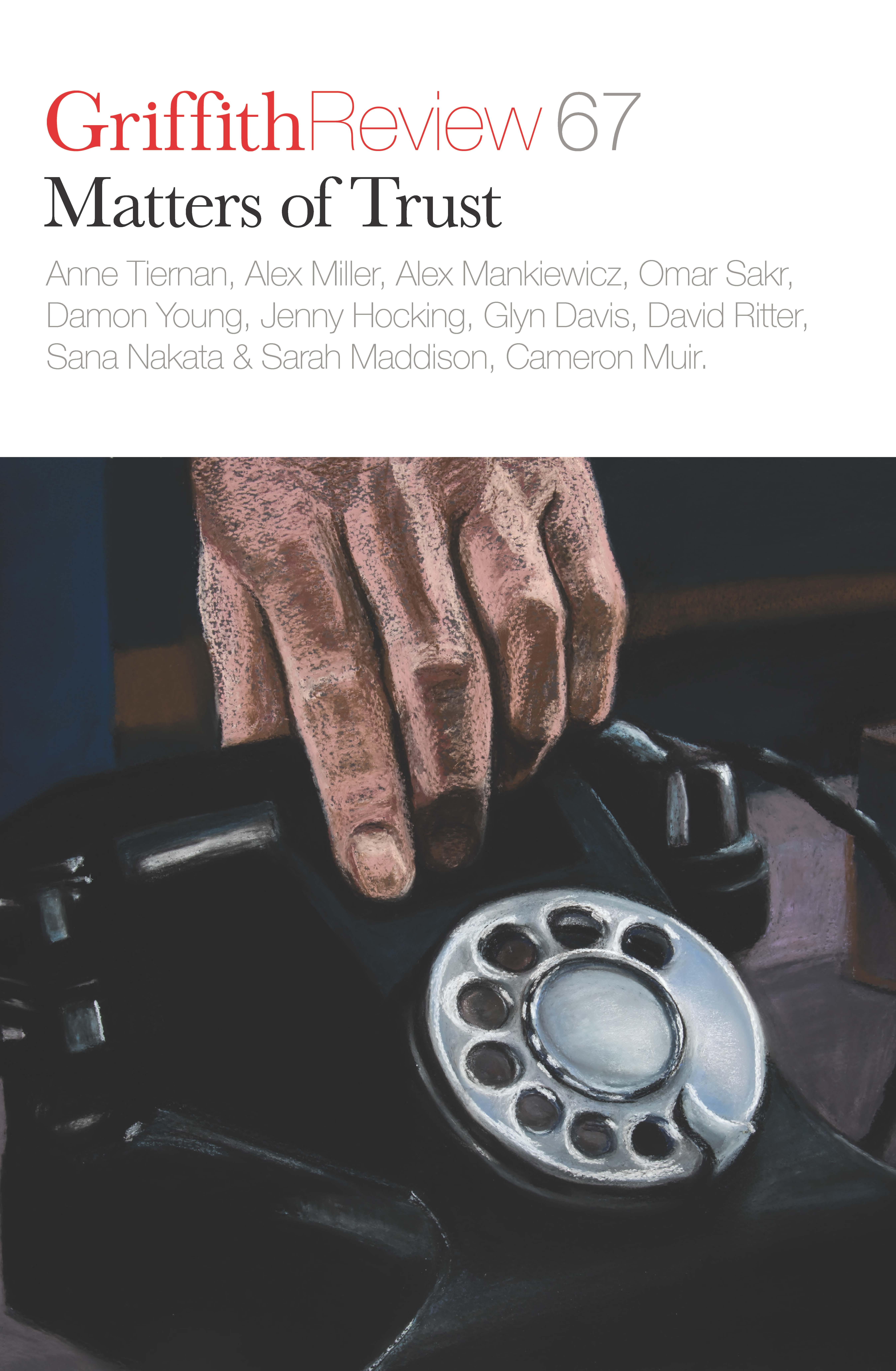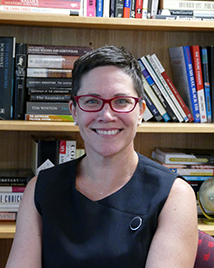Featured in

Buy
$27.99
- Published 20200204
- ISBN: 9781925773804
- Extent: 264pp
- Paperback (234 x 153mm), eBook

Already a subscriber? Sign in here
If you are an educator or student wishing to access content for study purposes please contact us at griffithreview@griffith.edu.au
Share article
About the author

Caitlin Byrne
Caitlin Byrne is professor of international relations and director of the Griffith Asia Institute, Griffith University.
More from this edition

Ministry of Truth 20/20

Democracy and the corruption question
EssayI’M RUNNING ON a beach near Cairns, spending a rare holiday moment trying to regain some of the fitness I’ve lost to far too...

Signing up to the social contract
MemoirAMONG THE MOST lovely and quirky of the books I own is a hardback compendium called The Book of Human Emotions: An Encyclopedia of...
Stay up to date with the latest, news, articles and special offers from Griffith Review.